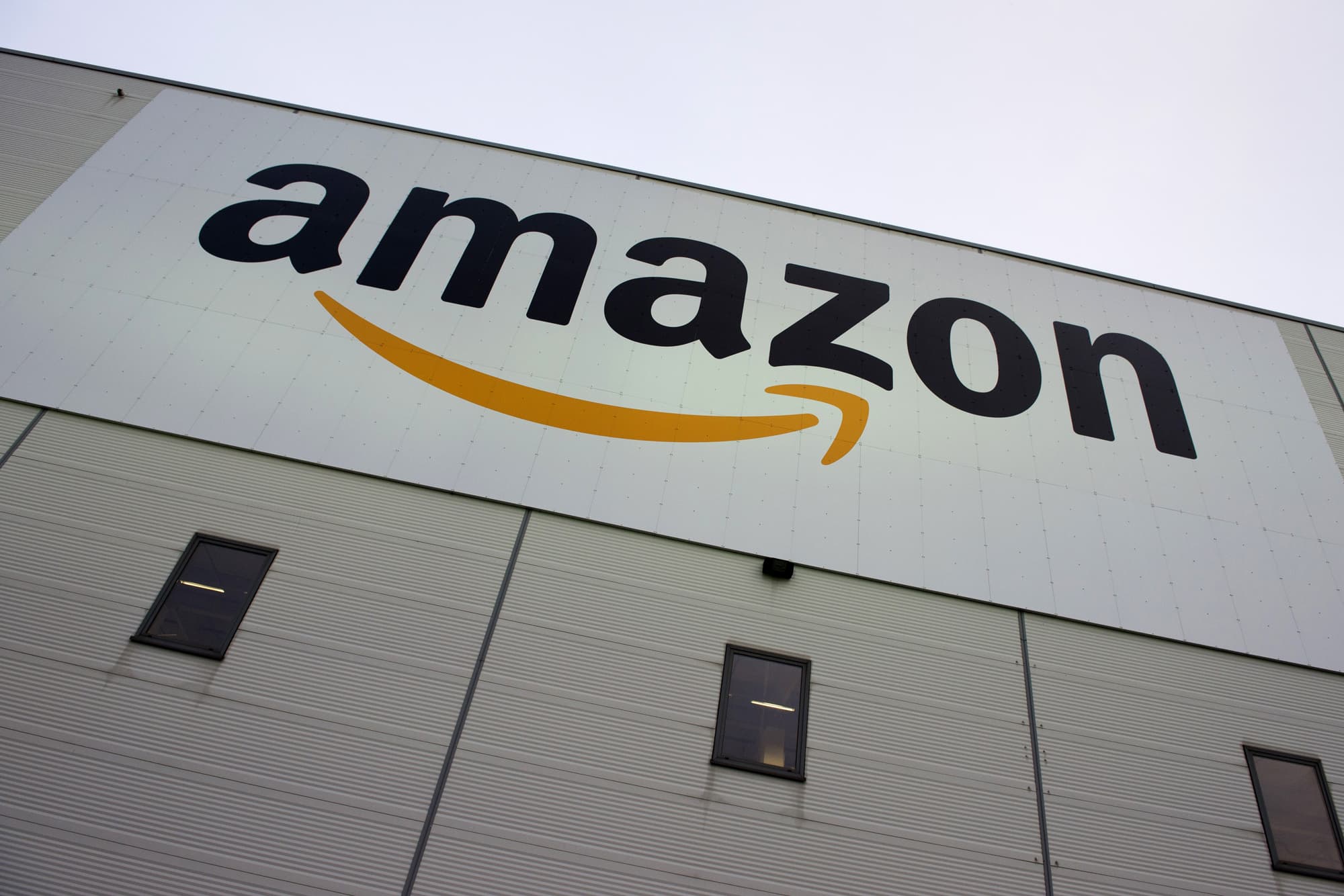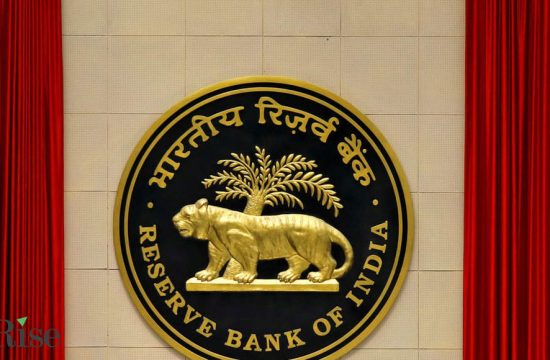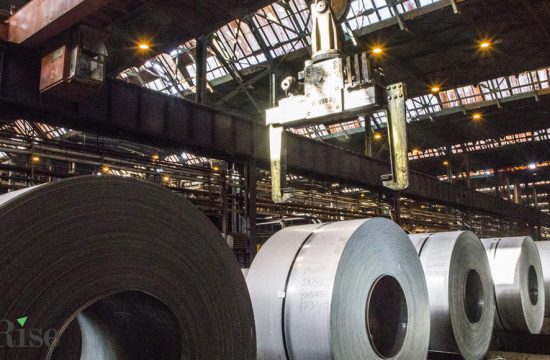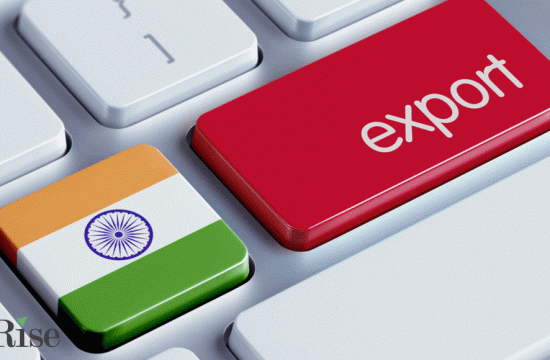
Come Oct. 13 and 14, Amazon’s annual two-day members-only online sales extravaganza Prime Day will bring customers over one million deals on myriad products in popular categories including home accessories, toys, and electronics. But in addition to providing shoppers with steep savings starting at midnight PST on Tuesday, the popular sales promotion will also offer thousands of small businesses opportunities to quickly scale customer awareness and revenue.
Currently, more than 500,000 small and medium-sized businesses in the U.S. sell on Amazon, and the company’s goal is to onboard an additional 100,000 vendors as new sellers to its store. Despite the ongoing pandemic, third-party sellers continue to crowd its virtual aisles, and presently account for over half of all units sold via the online retailer. In the 12-month period ending in May alone, American SMB sellers sold more than 3.4 billion products, up from 2.7 billion year-over-year, and averaged $ 160,000 in sales, up from approximately $ 100,000 a year prior.
“Prime Day offers small businesses added exposure to millions of shoppers globally,” explains Maggie Cheung, co-founder of breakout hit home electronics device the Furbo Dog Camera. The five year-old company has been an Amazon seller since October 2016 and first began participating in Prime Day in 2017. “Our first year, we were given the spotlight deal … it helped catapult us to become the No. 1 bestselling pet camera in the world. Prime Day has also helped us tremendously on the financial side, as the one day that can sometimes result in 500X daily sales. … It even led us to a partnership with Universal Studios last year for the movie The Secret Life of Pets.”
As a result, the company has subsequently garnered tens of millions in sales. This year, it plans to offer its signature product for $ 133.99 instead of its typical $ 249 (a 46% discount) on Prime Day and is forecasting 70% year over year growth in revenue.
“Last year, customer traffic was up eight-fold on Prime Day, leading to our biggest single sales day of all time,” agrees Kevin Kleiman, director of Atventure Retail Group, a manufacturer’s representative which helps promote popular men’s skincare product line MARLOWE. It has been an Amazon seller for over three years.
“We offered several products such as No. 102 Scrub Soap and No. 123 Facial Moisturizer on limited-time deals and partnered with Amazon’s [goods from innovative startups-focused] Launchpad program to amplify these promotions.” As a result, he says, not only did the brand enjoy a massive uptick in customer awareness. It also saw more than 4 in 10 initial purchasers become repeat buyers. This year, sales are up more than 40% over 2019, and expected to close out at well over $ 1 million.
Typically slated for mid-July, like many popular institutions, Prime Day has been pushed back due to the continuing impact of Covid-19. As a result, many businesses who typically counted on the windfalls that it provided in Q3 sales are being forced to rely on hopes of a boost in Q4 purchases to make up for lost revenue instead.
In addition, with economic and political uncertainty still raging, and over 50 million Americans having filed for unemployment since March, it remains uncertain just how much of a bonus that this year’s promotion will bring.
On the one hand, e-commerce activity is up 31.8% as of Q2 2020, according to the US Census Bureau, and now accounts for 16.1% of all domestic retail sales, per the Department of Commerce. But at the same time, nearly half of Americans say that they have suffered financial setbacks due to the pandemic, according to studies by Bankrate.
A growing shift in consumer sentiment towards value-priced items and household essentials may likewise herald a pullback on many traditional purchases of luxury or holiday items, posits consulting firm McKinsey. However, with 71% of adults expecting to do more than half of their holiday shopping on the Internet this year, according to daVinci payments, experts remain hopeful that small businesses will nonetheless receive an early seasonal gift from Prime Day’s delayed arrival.
“Prime Day provides [entrepreneurs and small businesses with] a great opportunity to be noticed, and an even bigger opportunity to build massive reach very quickly,” notes Vic Drabiky, founder of strategic consulting firm January Digital. “It also presents a great opportunity to collect [shopping] data. Even if you’re not officially participating, you can still offer special discounts and offerings to capitalize on consumers’ desire to shop.”
“It’s one of the biggest online shopping days each year – and provides a unique opportunity for small businesses to be featured alongside today’s biggest brands,” seconds Michael Parker, director of marketing at LuminAID, maker of solar-powered inflatable lights that has been selling on Amazon since Q4 2016 and participating in Prime Day since last year. “It gives small firms such as ours the opportunity to reach more customers than we ever could on our own. Last year, our sales on Prime Day were over 400% higher than an average day on Amazon. Over 250,000 LuminAID solar lanterns have now shipped.
Of course, Amazon is also betting big on Prime Day activity, and the sellers that help promote it. Through Oct. 12, the company will offer Prime members a $ 10 credit to use on Prime Day when they spend $ 10 on items sold by select small businesses across Amazon’s store.
The online retailer also plans to invest over $ 100 million in promotional activities throughout Prime Day and the holiday season to help global small businesses boost sales and attract new customers. What’s more, the company will also pump $ 18 billion into tools, services, and programs to support its sellers in 2020, according to company v.p. Dharmesh Mehta – and has already rolled out over 135 new tools to help them this year alone.
“Supporting small businesses is a fundamental part of our work … our success depends on their success,” he says. “This has been a challenging year for many small businesses, and our commitment to adapting together for the future has never been more steadfast.”
Happily, for small business owners still hoping to get in on the action next week, Amazon spokespersons offer the following hints and tips:
Run deals, coupons, or other promotions: A deal-focused event, Prime Day sellers in Amazon’s store should consider providing special offers and sizable discounts during the event to help drive added discoverability to their brand and products.
Manage your inventory closely: Prime Day is one of the biggest shopping days on Amazon. Sellers running a deal may see a large spike in sales and should ensure that they have Prime-eligible inventory available to meet customer demand.
Prepare your product pages: The way products are presented in Amazon’s store matters. To maximize Prime Day opportunities, you’ll want to ensure that product pages feature meaningful information that can help educate customers about purchase decisions. It’s important to offer a descriptive title, bullet-point text summaries, and multiple high-quality images to help customers quickly get an understanding of your products. If sellers have many similar products available, such as a shirt in multiple sizes and colors, they can also create variation relationship listings. These listings allow customers to compare and choose products based on different attributes such as size, color, or other characteristics from the available options found on a single product detail page.
Increase traffic to your pages: Consider advertising products with targeted ads called “Sponsored Products” which appear within and alongside search results. If clicked on, these highly visible placements will take customers directly to your product detail pages.
In addition, companies and digital marketing agencies who’ve found Prime Day success also offer the following expert advice to help build your business:
Leverage the power of word of mouth marketing: With so many products on-sale, it pays to leverage social media sites, newsletters, and other direct online promotions channels to help drive awareness for sales in advance and help build buzz among shoppers. Aim to convince customers to add you to their online wishlist, and make purchases up-front, which can help you feature more prominently on Amazon.com and drive added bursts of traffic when promotions kick into high gear.
Concentrate your efforts: To maximize returns, rather than discount your entire product line, instead offer high-impact discounts on a handful of your top-selling goods, which can boost overall buyer interest and help drive residual sales of other related items in turn.
Share your story: Use brand pages and product pages to not only describe products and features, but also tell your company’s backstory, as people like to do business with brands and social causes that they identify with.
Don’t skimp on logistics: Make a point to maintain sufficient product inventory to meet demand and have the back-end fulfillment systems in place needed to meet shipping deadlines, as failure to do so many negatively impact your business.
Capitalize on alternate opportunities: If you don’t have a Prime Day deal scheduled already, consider setting up a Prime Exclusive discount (available to Prime customers only, and often featured in online product collections) or Coupon deal, which can help drive added exposure instead.
Find multiple ways to win: If selling large volumes of products at low margins won’t do wonders for your bottom line in and of itself, consider other ways in which adopting Prime Day discounts can still help you build your business. For example, offering these savings might allow you to put your products in front of many new customers, potentially boosting your number of ratings and reviews. Likewise, if you can use a loss leader item to drive customers to your website or social media channel, and convince them to share their information, you may be able to market full-price products to these customers at a later date.
Keep price discounts running after Prime Day ends: By keeping specials and deals running for a few extra days, you can take advantage of residual effects, and millions of shoppers on Amazon.com still rushing to see if there are any deals that they missed.
“Prime Day is a great opportunity that enables small businesses to reach millions of customers around the world, and enjoy unparalleled reach,” explains Jeff Rosenblum, founder of digital marketing agency Questus. “There are over 100 million paying members of Amazon Prime, which offers the ability for them to compete on a global scale, as if they are one of the biggest corporations on the planet.”
Noting that Prime Day 2019’s sales eclipsed Black Friday and Cyber Monday’s numbers on Amazon combined, savvy small businesses will undoubtedly find a way to make the numbers add up – and, hopefully, get a much-needed head start on the holiday season.









